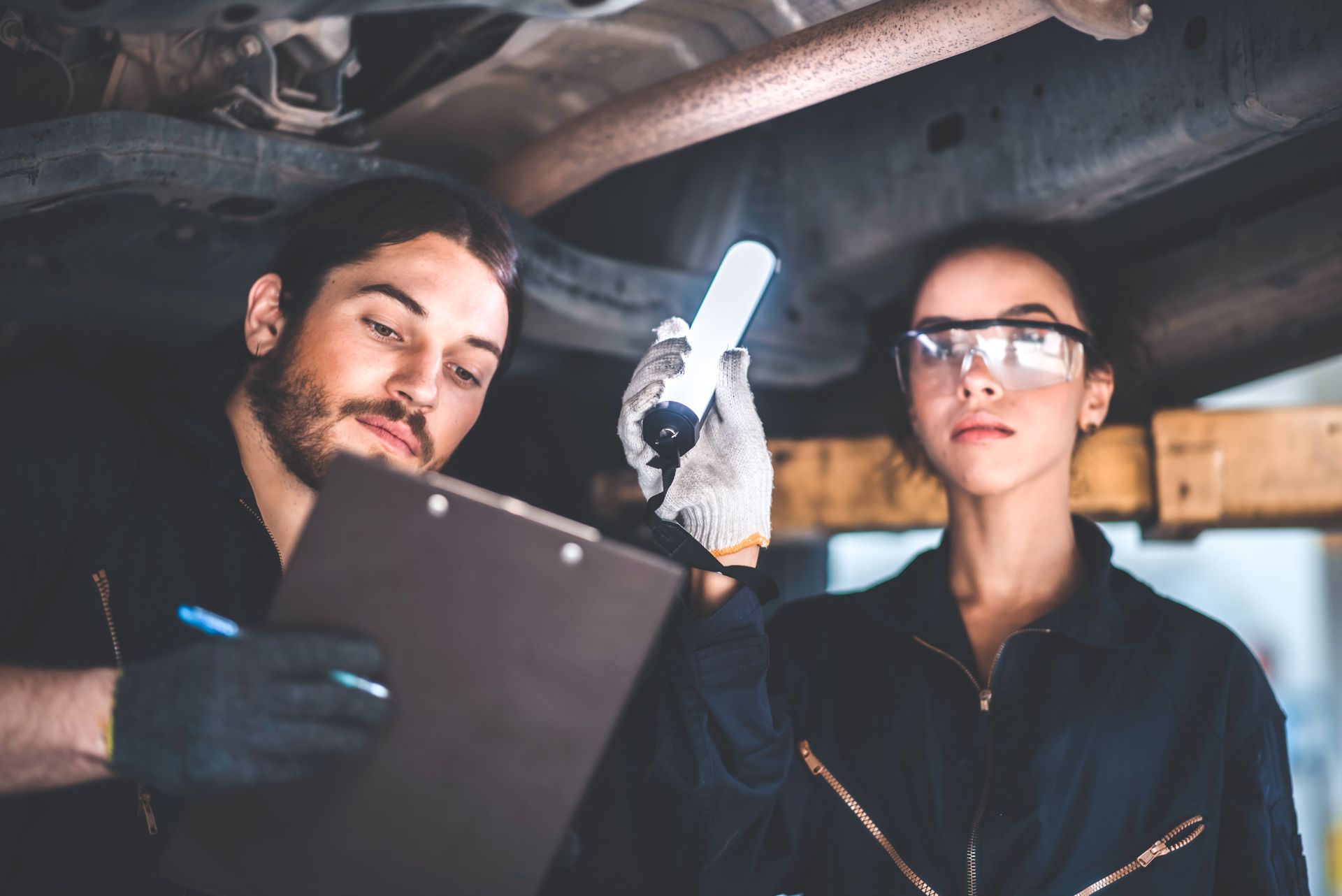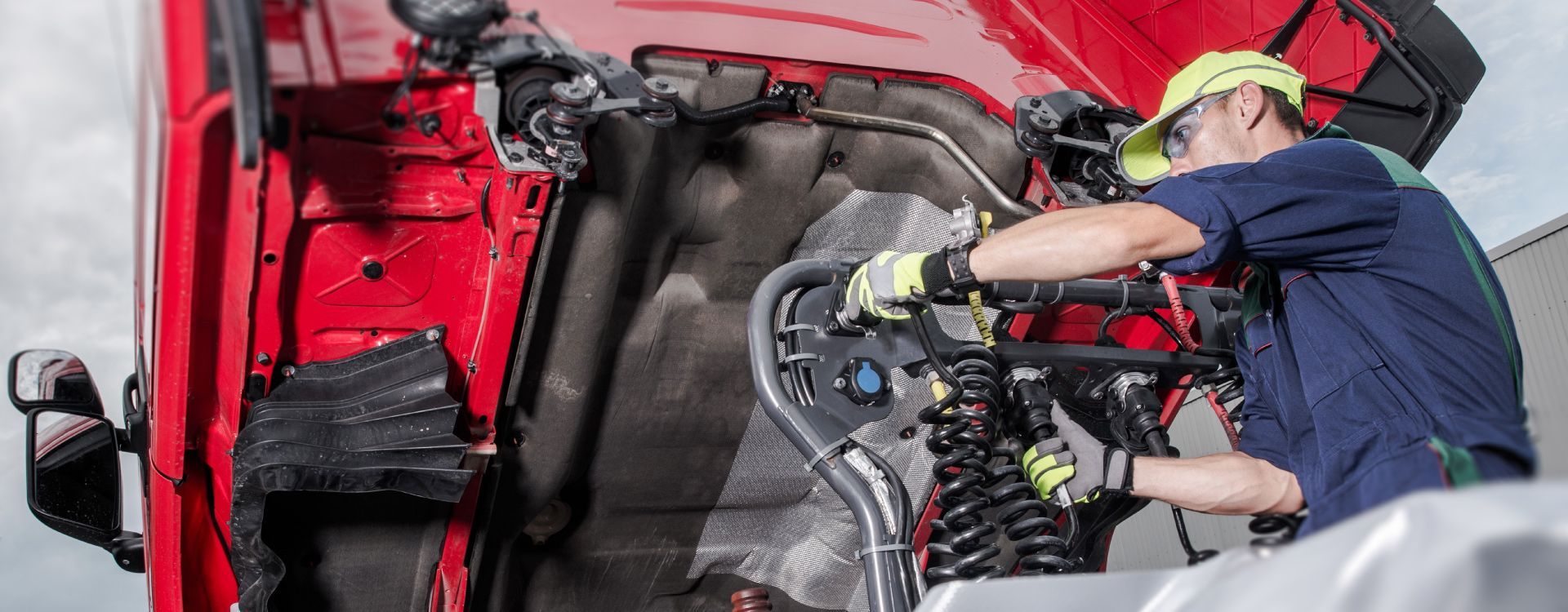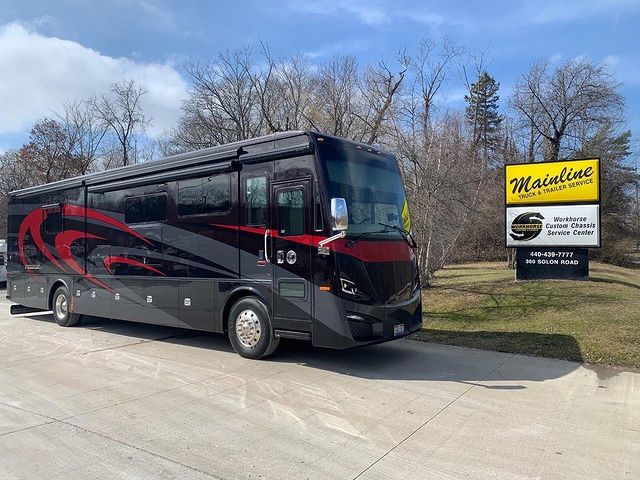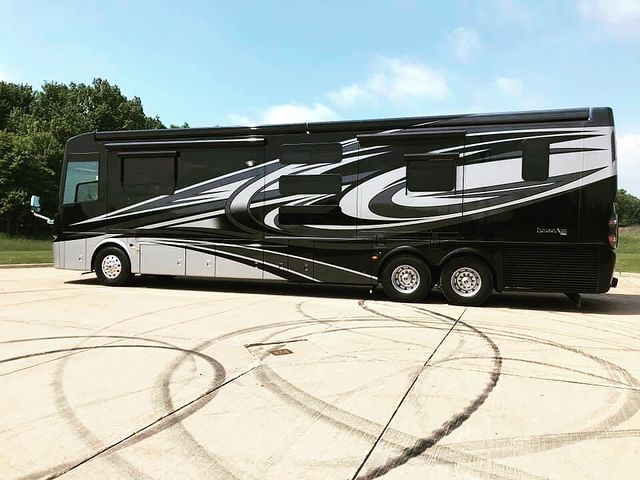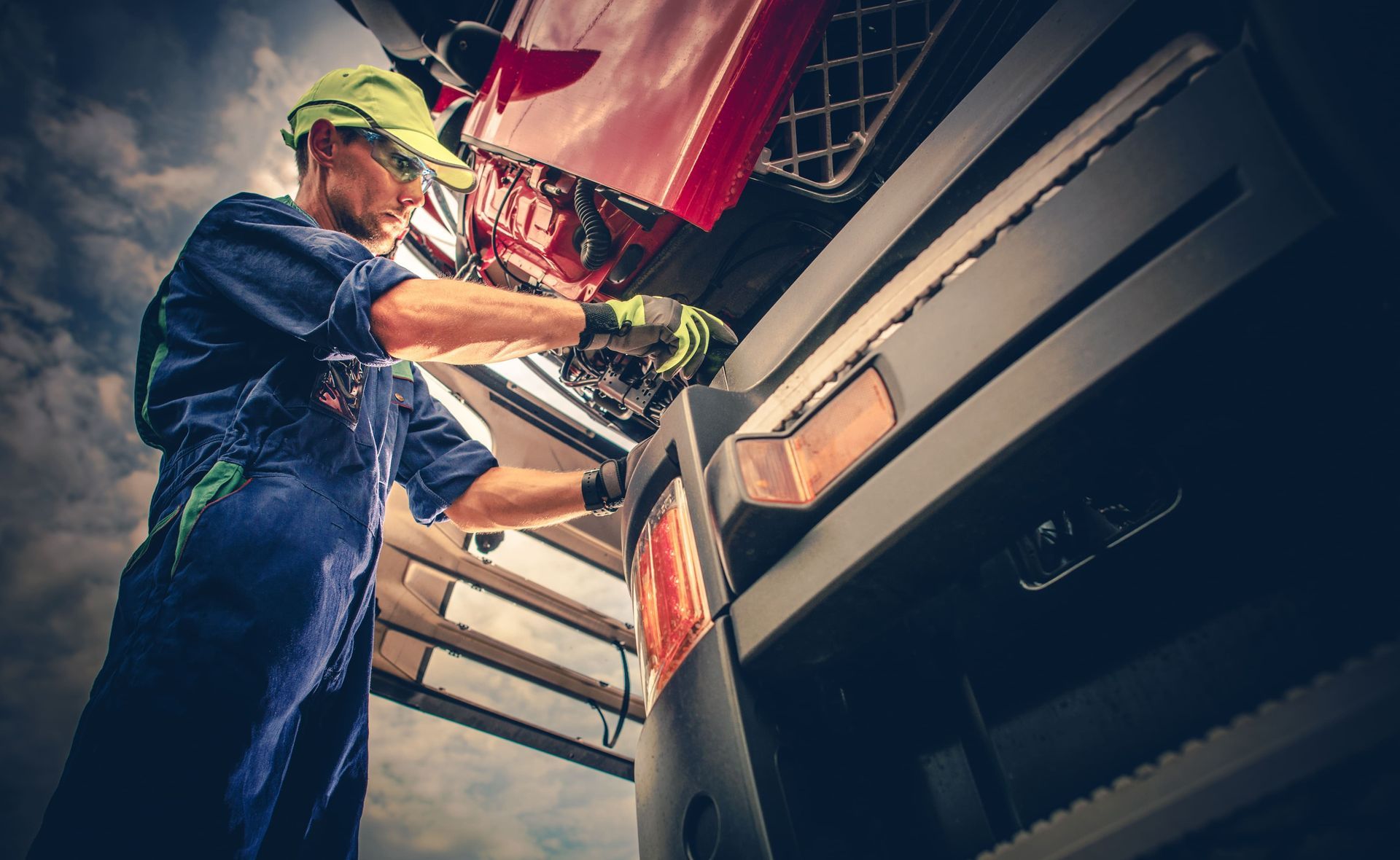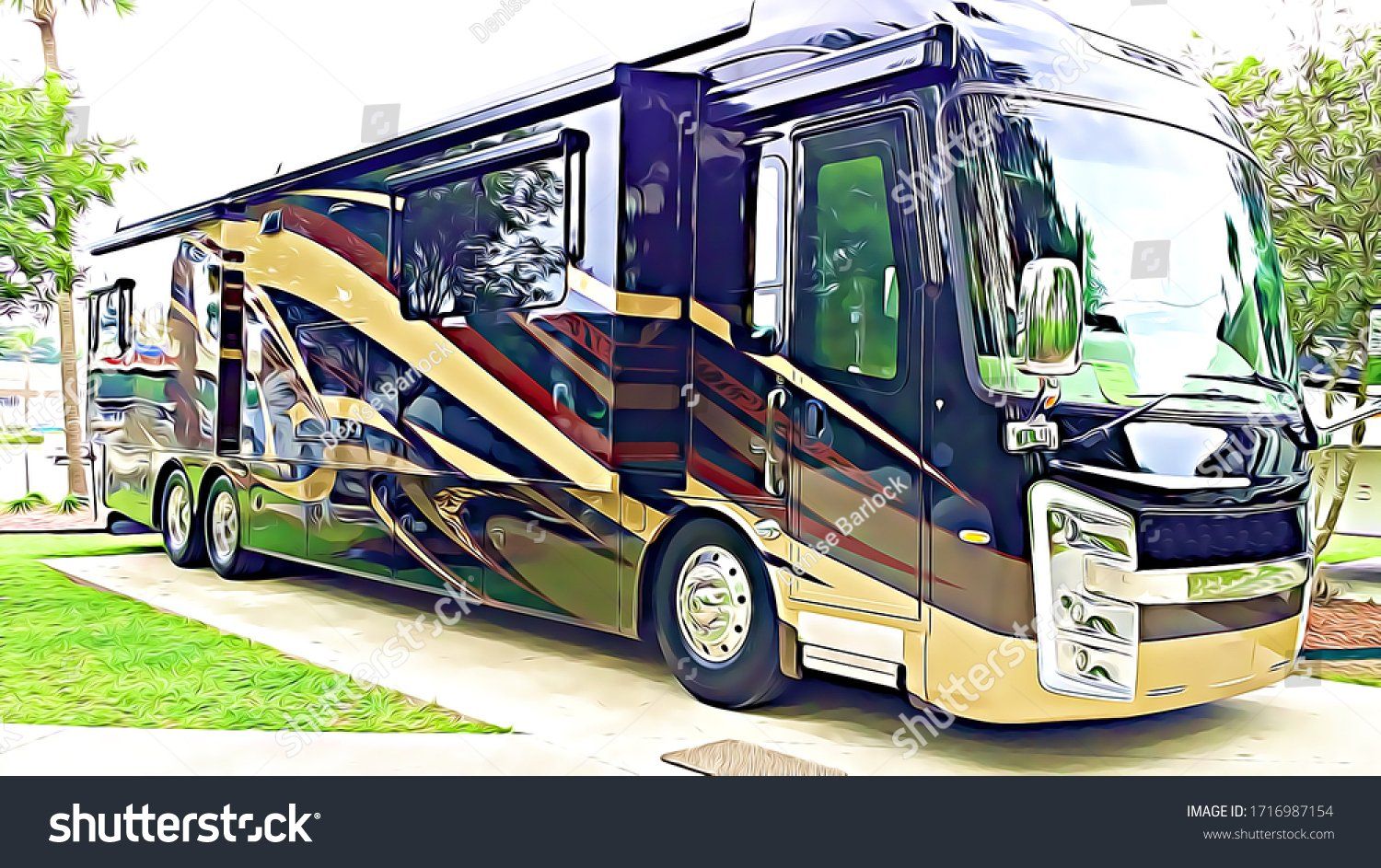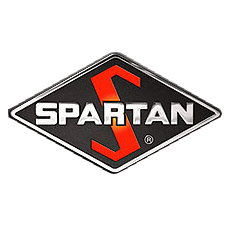The Most Important Trends in RV Service and Repair
There's a sad truth to buying an RV these days - most of them aren't in great shape when they roll off the lot, even when new. For a variety of reasons, manufacturers tend to cut corners on motorhomes or put them on top of frames which are only barely adequate for the purpose. Unless you'll only rarely be using your RV, chances are you'll be seeing RV service and repair costs, or else upgrading the stock parts to better options.
However, there's really nothing like owning your own motorhome or RV, and we don't want to discourage you from buying the adventure vehicle of your dreams. It just means you'll want to think ahead and budget for services and upgrades that will keep it running well for years to come.
So as one of Ohio's top RV service and repair shops, we wanted to talk about the upgrades we see most often, as well as interesting trends that are on the horizon. This will help you know what will make your motorhome the best it can be!
Hot RV Service, Repair, and Upgrade Options for the Year to Come
I. The Fun Stuff
Before getting into more basic upgrades, let's talk about the high-end and futuristic stuff. These are the trends that are just now starting to reshape how people talk about RVs and will likely be major forces in design decisions for years to come.
1. Mobile offices
Ever since COVID, remote work has been a popular option - and it's not going away, despite some companies' attempts to reverse the trend. Modern telecommunications allow for people to work from virtually anywhere, and motorhome enthusiasts are taking that to the next logical step: converting part of their RV's interior into a functioning office!
This really just means repurposing something like the dining space with a nicer computer, desk, and chair, as well as an Internet setup capable of connecting from anywhere - such as satellite service. However, once done, it means the entire world is your office. Imagine doing work as you camp out at a park, looking across a lake out your window, rather than staring at cubicle walls.
Some new models of motorhomes are even coming with workspaces pre-installed, making them the ultimate purchase for someone serious about never stepping foot in an office again.
2. Extending gathering spaces
As people come to see their motorhome as a true home, or maybe even their preferred space, there's the problem of how to fit people into it. Traditional motorhomes are typically a bit cramped for more than 4-5 people, depending on their age and size. So, there's been a new push towards RV upgrades focused on extending the usable space and allowing more people to enjoy your motorhome.
For example, we've seen solutions that allow one side of the RV to open up, potentially with a sliding floor that extends outwards as well. Less intrusive/expensive upgrades focus on maximizing use of space, such as replacing a large table + chairs with a bar and stools instead. This cuts space use almost in half, without reducing how many people can sit. Or they may utilize a kitchen island that doubles as dining space. Foldaway tables or beds are other popular items for maximizing the utility of an RV.
There are more options than ever for turning your motorhome into a space suitable for families or larger gatherings!
3. Home away from home... or your only home?
There's a growing trend in homes, called the tiny home movement, which is exactly what it sounds like: small homes that only need fractional lots, utilizing clever engineering to maximize use of space. Some motorhome owners and manufacturers are applying these principles to RVs as well, looking to create trailers that have everything a person needs.
We've seen "destination models" of RV grow in popularity, which are larger than average specifically so that they can fit everything you want into a single drivable unit. These are often wider and taller than traditional RVs, so there's more room for facilities such as beds and bathrooms.
Plenty of custom mods and post-work can achieve this as well, although the ability of any given RV to support these sorts of modifications will depend on a lot of factors. Either way, it's exciting to consider a future where we may not even need permanent residences at all!
4. Electric vehicles are coming
At this point, it's basically official: electric vehicles are the future. Nearly every industrialized country on Earth is looking to move away from gas guzzlers and towards cleaner EVs, while meanwhile, both ownership and charger availability continue to go up every year.
So, it's hardly a surprise that RVs are looking in that direction as well. Prototypes are hitting shows for large vans, even motorhomes, which run on either hybrid or purely electric drive trains - and there's no doubt that the technology will continue to advance. After all, if electric buses are now viable, electric RVs aren't much more difficult.
Your current motorhome probably can't be upgraded to all-electric... but by the time you're on the market for your next RV, there's a good chance it won't be running on gas.
II. Everyday Upgrades for Everyday People
So, not everyone can afford to retool their RV into a mobile workstation or their main home - but there are a lot of motorhome upgrades that nearly everyone with an RV would want. For example:
1. Anti-sway bars
One of the biggest problems with new RVs and motorhomes coming off the lot is their tendency to sway. They're typically built on top of stock truck frames which weren't intended for vehicles as tall as an RV, and it shows. New RVs tend to sway disturbingly even in moderate winds, or when being passed by a large vehicle or semi truck. More worrisome is that they're prone to tipping over as well, particularly on tight corners.
The solution are sway control measures like anti-sway bars. These are basically big torsion springs that parallel the axles on your RV, connected to the frame. If wind or other sheer forces cause the frame to twist, causing sway, the anti-sway bar resists that twisting and pushes back against it. This affordable upgrade can virtually eliminate sway problems and is highly recommended for any motorhome or RV owner.
2. Improved suspension
Beyond swaying, the suspension in many stock RVs is just substandard in general. This can result in a rough ride which is unpleasant for riders, as well as increasing overall wear-and-tear on your vehicle. So, suspension upgrades are extremely common, particularly for people who frequently take their RVs off-road.
In particular:
Replacing the shocks themselves will do a lot to reduce bumps and vibrations while you're on the road and help reduce roll as well.
Similarly, to shocks, you may also want stronger struts in your RV. These are shock absorbers for the body itself and will also do a lot to smooth out the ride while reducing damage.
Upgrading the springs is another popular option, as this can also increase the overall load capacity of your RV. You can fit more people or equipment in, with better springs.
3. Weight-distribution hitches
Another common issue with new motorhomes is that the trailer hitch isn't always prepared for the weight that you may put on it, especially if you plan on towing a heavy vehicle behind your RV. Stock hitches typically only put that weight on the back wheels, which can cause the rear end of your vehicle to sag significantly. This puts a lot of extra stress on your suspension system - leading to more RV service and repair needs - and can even cause your motorhome to start bottoming out even on very gentle bumps.
A weight-distribution hitch solves this by expanding how the hitch attaches to the frame. Additional arms attach it to the front of the RV and spread the weight of the towed trailer across your entire vehicle. This prevents the sagging and additional stress on your rear end, preventing damage, while also providing a smoother towing experience.
Mainline RV & Truck Service Has Everything You Need
If you're an RV enthusiast in the Cleveland area, or anywhere in Ohio, Mainline should be your first stop whenever you need RV service, repairs, or upgrades. We're famous across the state for our huge selection of parts and the quality of our service staff, capable of making whatever repairs or upgrades you need.
Click here to schedule an appointment with our service staff.
